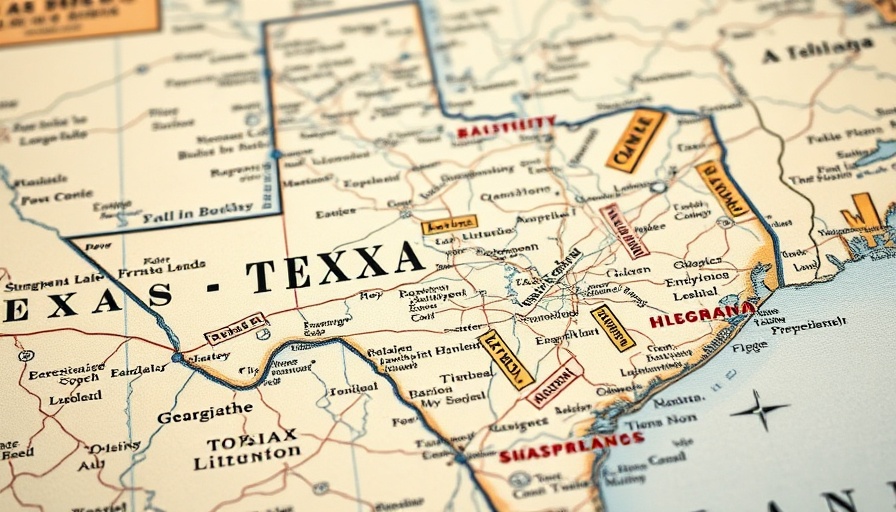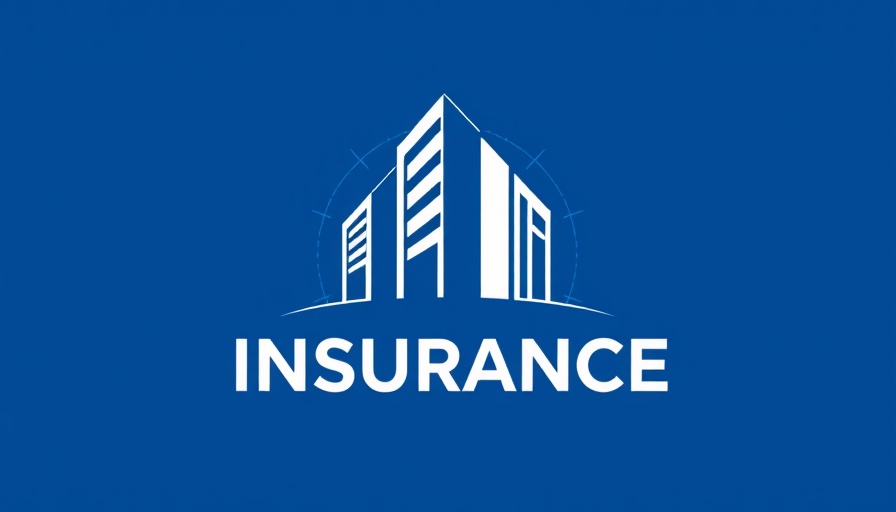
Texas: A Case Study for Climate Risk Awareness
The recent flooding in central Texas serves as a stark reminder of the increasing climate vulnerabilities not just in the Lone Star State, but across the entire United States. The effects of climate change manifest through various natural disasters, exposing regions far from their origins to catastrophic outcomes. The flooding that took place in July 2025 is just one of many events that illustrate how and why understanding insurance coverage is vital for homeowners across the nation.
The Ripple Effect of Catastrophic Weather Events
When considering disasters like the severe inland flooding stemming from Tropical Storm Barry, it is crucial to acknowledge the broader implications on communities. Dr. Phil Klotzbach, a researcher from Colorado State University, noted how a slow-moving low-pressure system amplified moisture over already saturated soil, triggered extreme flooding. Such a scenario spotlights the urgent need for resilience and preparedness, particularly when most homeowners in areas like Kerr County remain uninsured against floods. With a concerning statistic of just 2.5 percent of homeowners having flood coverage through the National Flood Insurance Program, it raises questions about how citizens can make informed choices regarding insurance for natural disasters.
Severe Convective Storms: An Underestimated Threat
Stemming beyond tropical storms, severe convective storms present a growing concern for many regions, especially Texas. These unpredictable weather patterns account for staggering losses in the insurance sector. In 2023 alone, they've cost insurers upwards of $143 billion globally, with a significant portion occurring in the U.S. Raising awareness about auto policy limits and coverage options can empower drivers in South Carolina and beyond to understand what they need to protect themselves against similar risks.
Wildfires and Winter Storms: Risk Multipliers
Texas isn’t just prone to floods; it faces wildfires and severe winter storms. The catastrophic winter event on Valentine’s Day 2021 revealed how vulnerabilities can converge—highlighting that the aging electric grid can exacerbate the impacts of natural disasters. Understanding how risks overlap helps homeowners see the value of comprehensive coverage. In South Carolina, knowing about options like gap insurance explained could provide further protection in the case of disasters that affect property value and safety.
The Role of Weather Services in Risk Management
The losses accumulated during recent disasters raise legitimate concerns about government investment in weather monitoring services. With staffing shortages impacting how well the National Weather Service can predict and inform communities of pending threats, it’s essential for residents to not solely rely on government alerts. Homeowners should not hesitate to seek clarity by reading their policy and understanding its limits, which may be key in living with less risk.
Conclusion: Taking Proactive Steps Towards Insurance Literacy
For South Carolina residents contemplating their auto insurance policy, understanding these broader discussions on natural disasters and the importance of coverage becomes crucial. It's not just about being insured; it's about being smart about the coverage you choose. Making informed decisions today could save you from significant financial strain in the case of a disaster. Review your policy now and ponder if your coverage is truly comprehensive or if you need more. If anything, Texas proves to be a microcosm of the realities faced by homeowners across the country.
 Add Row
Add Row  Add
Add 




Write A Comment